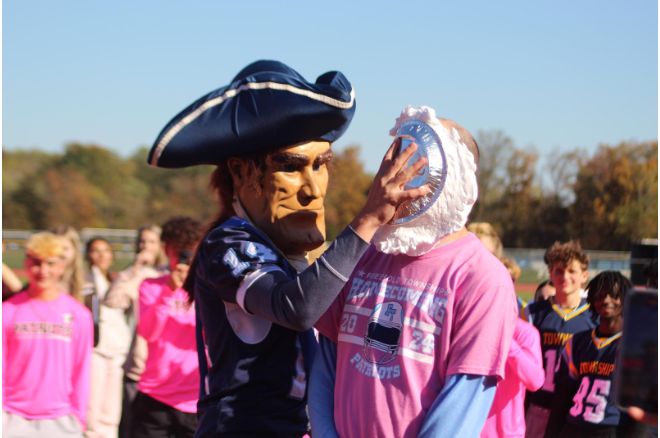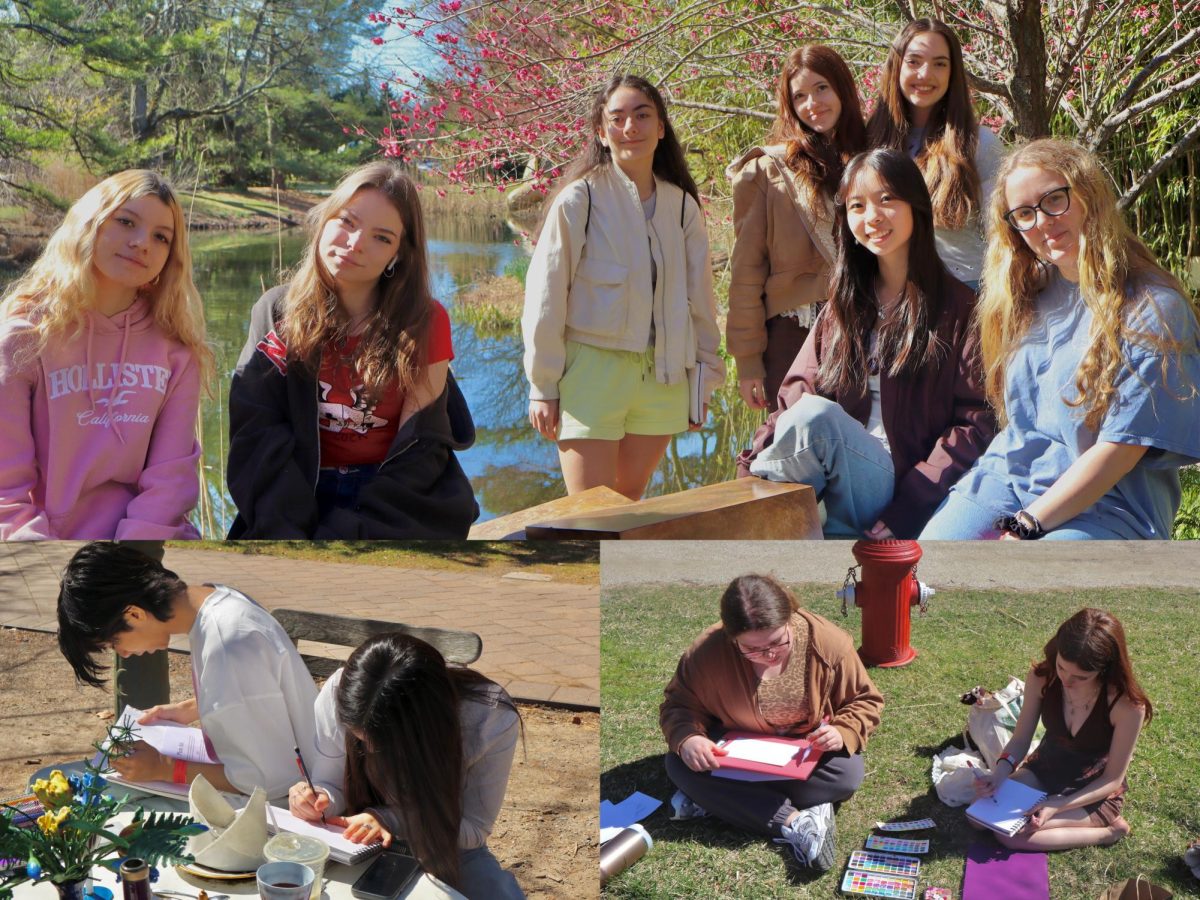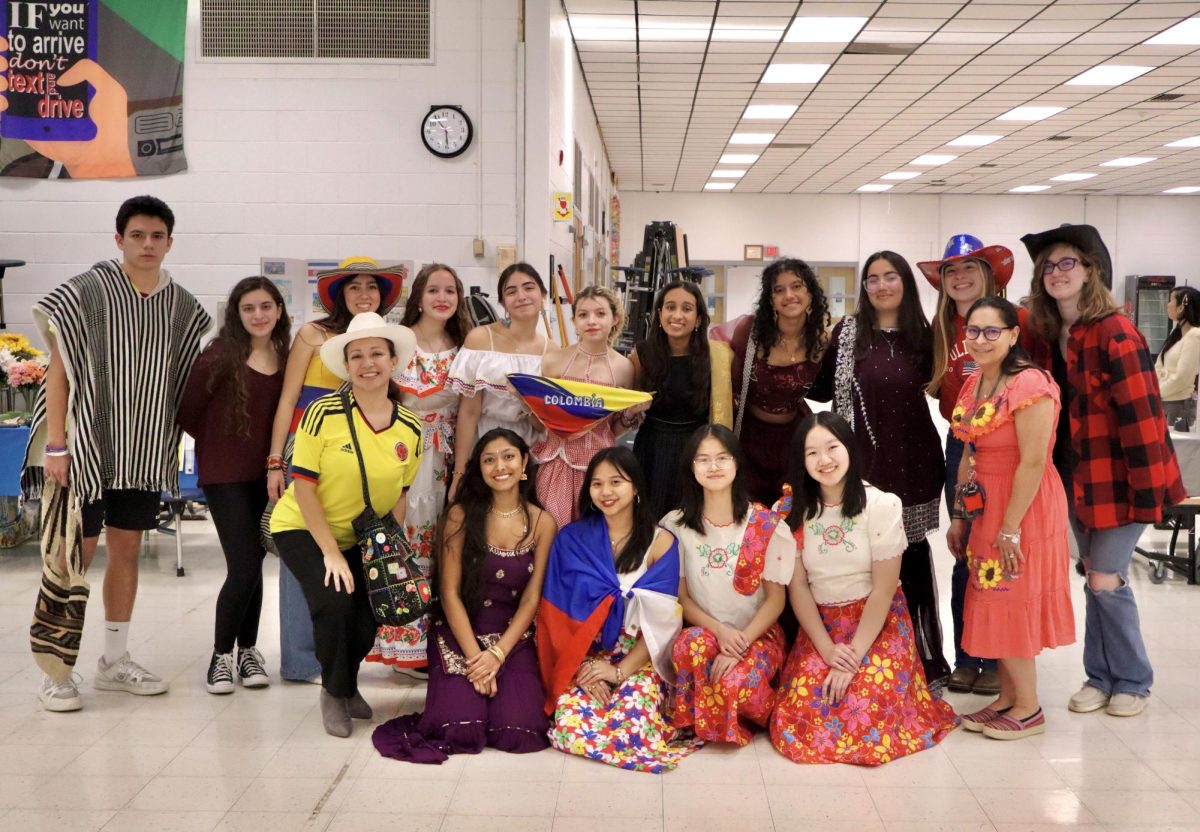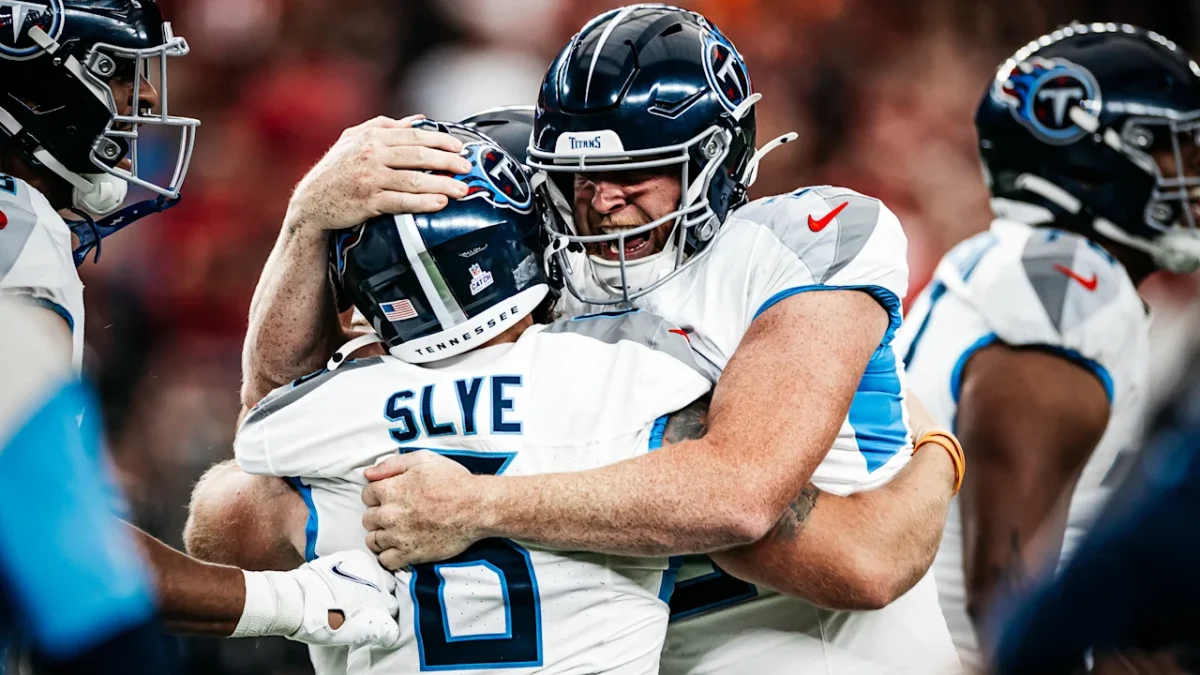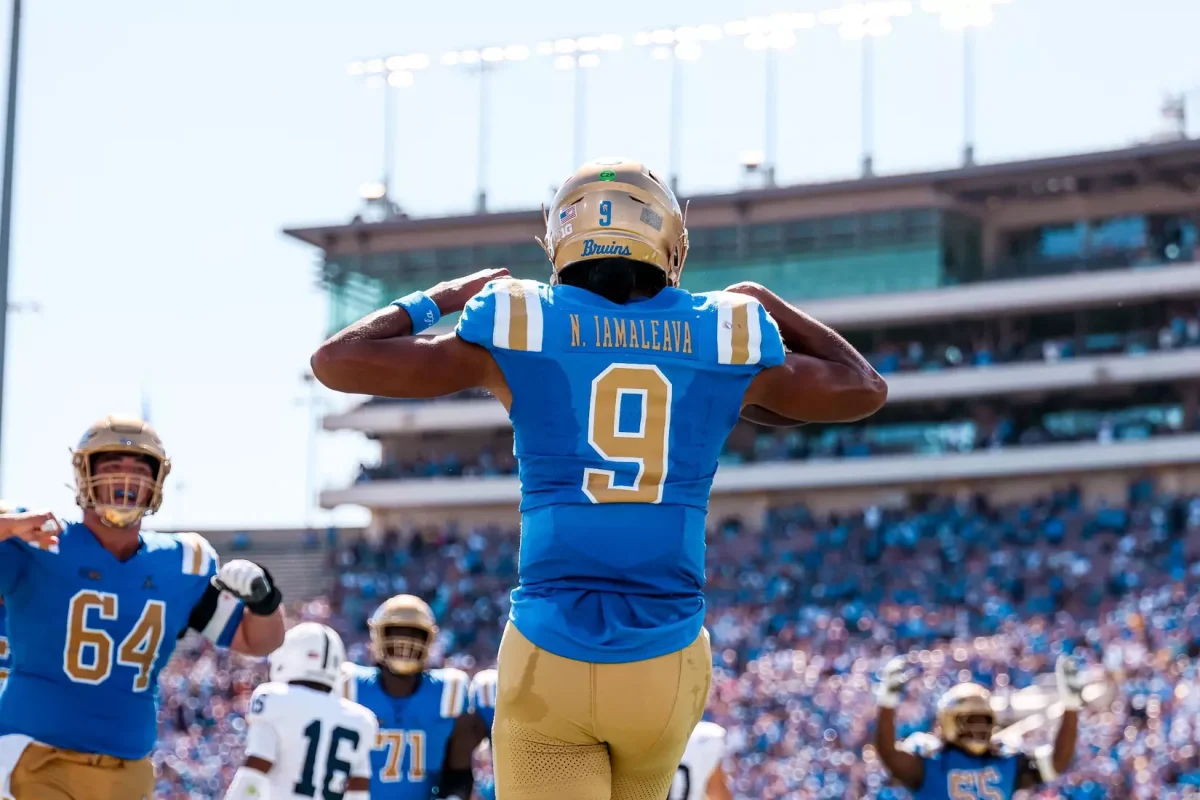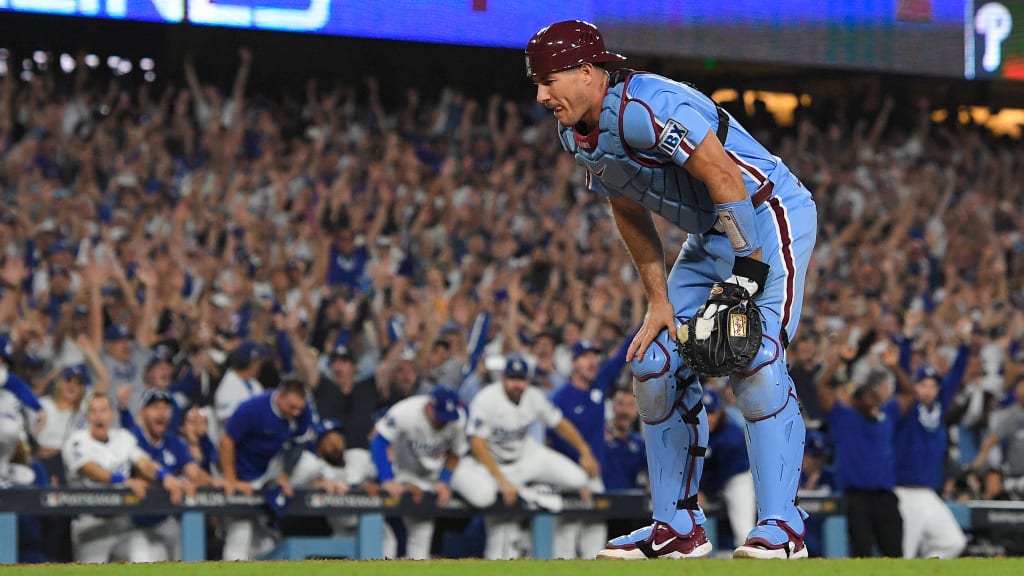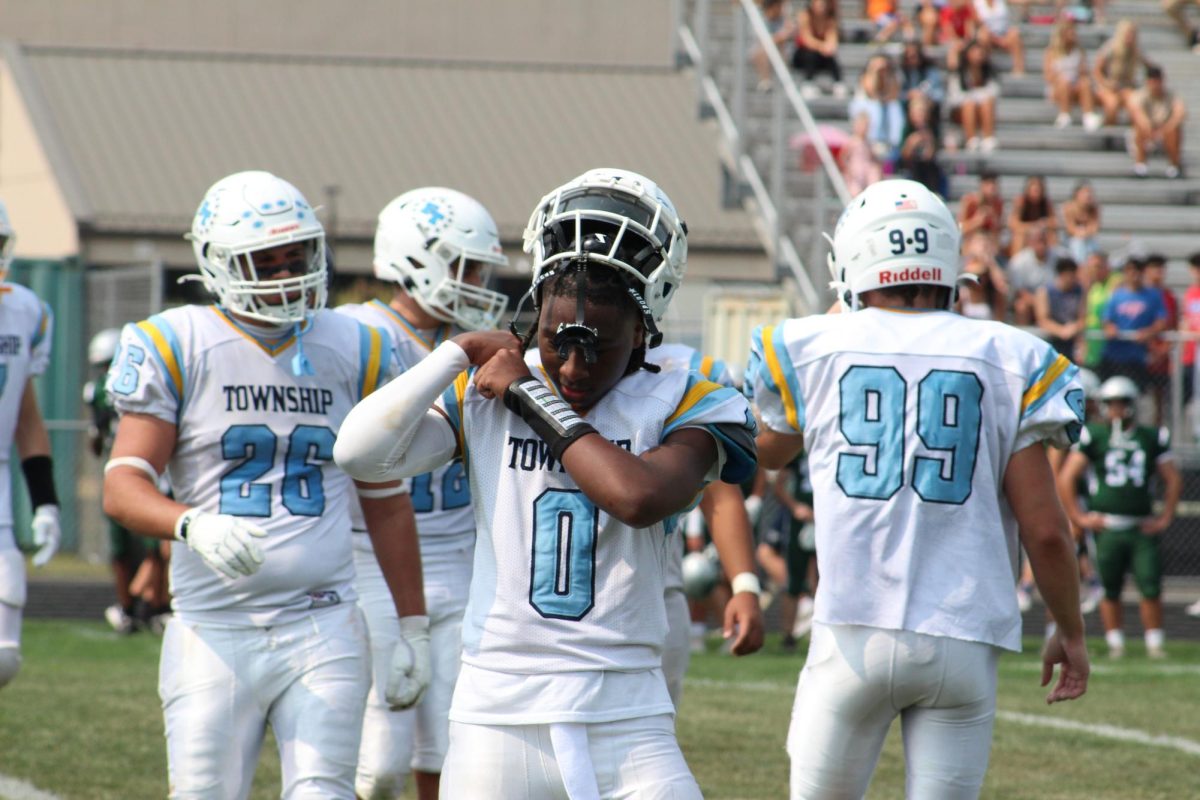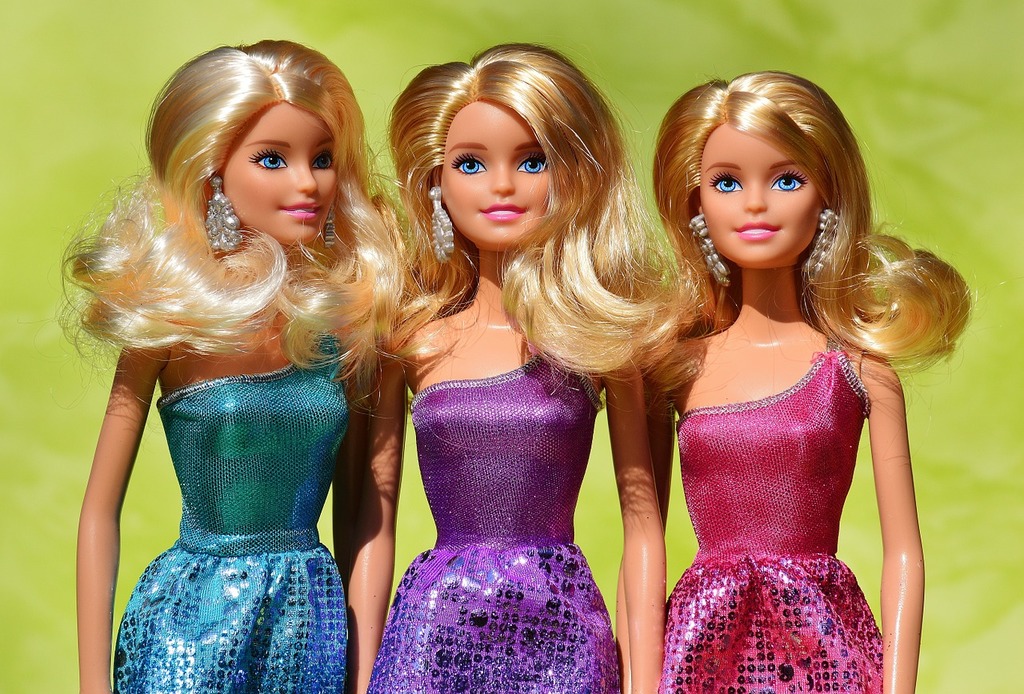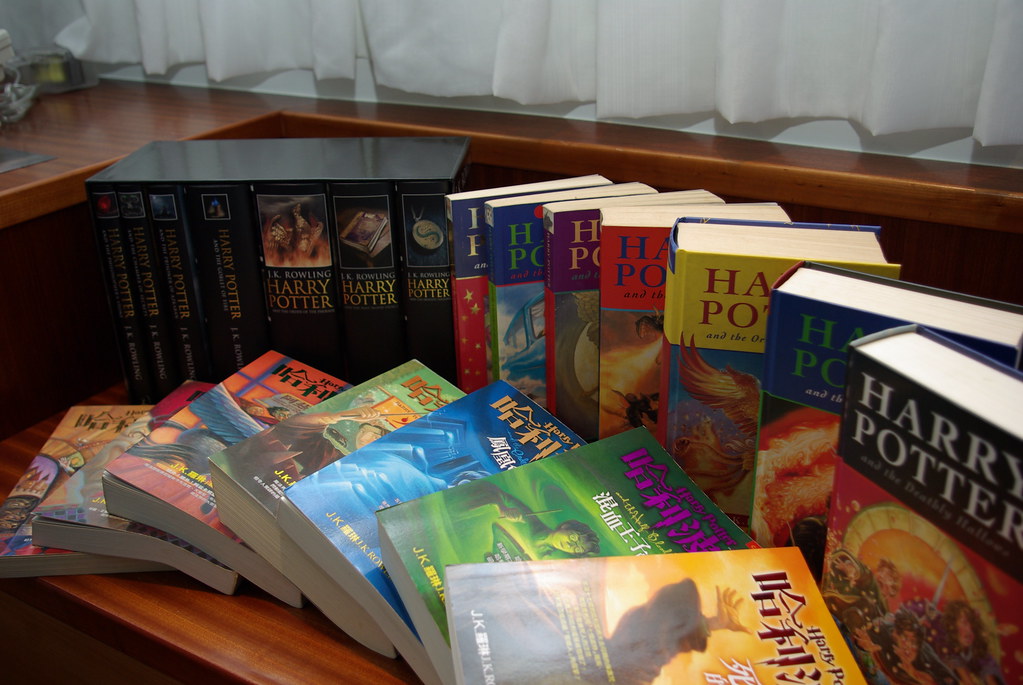There are singular dreams in a girl’s childhood that seem to be universal. I believe wanting to own a Barbie doll is one of them. Whether you owned 1 or all 250 Barbie dolls (Yes! There are that many!), they all looked relatively the same. Bold blue eyes, a pulled-back ponytail, and beautifully toned blonde hair. This doll took over America’s toy industry and researchers believe that over 90% of girls owned this doll.
Personally, growing up, Barbie was all I ever wanted to be. Everyone thought she was pretty, and she was slim and independent. Yet, this ideal that her looks were attainable turned into something much deeper for some people. In an experiment that was conducted by the National Institutes of Health, researchers found that girls who were exposed to Barbies internalized feelings of wanting to have a thin body type much like Barbies. Thus, the Barbie effect was born. Psychologists have argued that Barbie’s presence influenced girls to have unrealistic beauty standards for themselves which led to a warped idea of themselves because of this. The doll also did not have any diversity in skin color until 1979 when Mattel finally put it on the shelf. Until then, the only option was to strictly play with white dolls.
With the recent Barbie movie that came out this July, this perspective has changed drastically. Barbie’s movie was one that included a diversity of all body types, skin colors, and other roles that play into a person. This movie gained a huge attraction for all girls who grew up with Barbie and was an emotional reminder of how special girlhood is.
Student Kailyn Gardner at our school is a worker at AMC, and she recalls how the screening of Barbie affected the atmosphere in theaters. “Barbie attracted all types of people to the theaters. Whether this was men, women, adults, or babies. People came with bedazzled pink hats, high ponytails like Barbie, and bold bright jackets. I stepped into a theater once and people were hysterically laughing and some girls were hysterically crying. I even saw mascara running down a girl’s face once.”
Social media, TikTok in particular, was flooded with millions of women recalling their emotional connection with childhood and feminism. The movie topped the charts and became one of the 20 most-watched movies in history. This movie took girls who grew up with the doll as a reminder that we’re not the kids we were when we took comfort in the doll. It’s a story of time, and moving on from the perception of innocence in the world as a child. Yet, the movie doesn’t take away from the fact that we can see the world in the same light we did. Although our childhood is over, the innocent, exciting, and nostalgic way of life is still possible.
Barbie was one of the many things that showed the bond between women is unmatched. Girlhood is everywhere if you look for it. It’s the black, red, and blonde hair on the hair tie you and your friends have all used. It’s the way we get excited to get ready for events just because we’re in each other’s companies. It’s all the love we have for one another. Barbie was a groundbreaking example of how strong the unification all of us share is, and how it paves the way for a brighter future – one in which we can all accept that Barbie is beautiful, but we all are too.
Sources Used: https://www.museumofplay.org/toys/barbie/
https://pubmed.ncbi.nlm.nih.gov/27697597/







